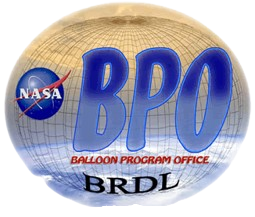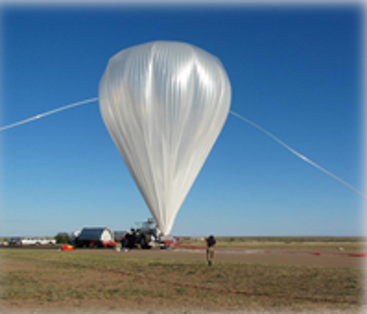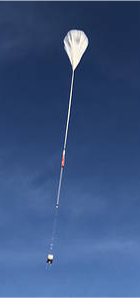National Aeronautics and Space Administration
Goddard Space Flight Center
Search:

Balloon Program Office
About
Scientific Balloon Overview

Since its establishment more than 30 years ago, the NASA Balloon Program has provided high-altitude scientific balloon platforms for scientific and technological investigations, including fundamental scientific discoveries that contribute to our understanding of the Earth, the solar system, and the universe.
Balloons have been used for decades to conduct scientific studies. They can be launched from locations across the globe and are a low-cost method to carry payloads with instruments that conduct scientific observations.
Mission Statement

The primary objective of the NASA Balloon Program is to provide high-altitude scientific balloon platforms for scientific and technological investigations.
These investigations include fundamental scientific discoveries that contribute to our understanding of the Earth, the solar system, and the universe. Scientific balloons also provide a platform for the demonstration of promising new instrument and spacecraft technologies that enable or enhance the objectives for the Science Mission Directorate Strategic Plan.
Core Values

The Core Values of the Balloon Program are to:
- Offer the nation low-cost access to space at altitudes up to 160,000 feet.
- Support scientific investigations that are resource and time-limited but are important to our national scientific interests.
Acceptable risks and significant benefits include:
- Rapid response to new mission requirements.
- Payloads are recovered, modified, improved, and flown again.
- Low-Cost technology development test platform for orbital missions.
Highly Rated Science with 10-20 day missions, with plans for 60-100 day flights as an alternative to Sounding Rockets or ELV launches.
NASA Code 820
Scientific Balloon Update
Report back for the latest update from NASA's Balloon Program Office.
- NASA Official: Debora Fairbrother
- Point of Contact: Valerie Brizak
